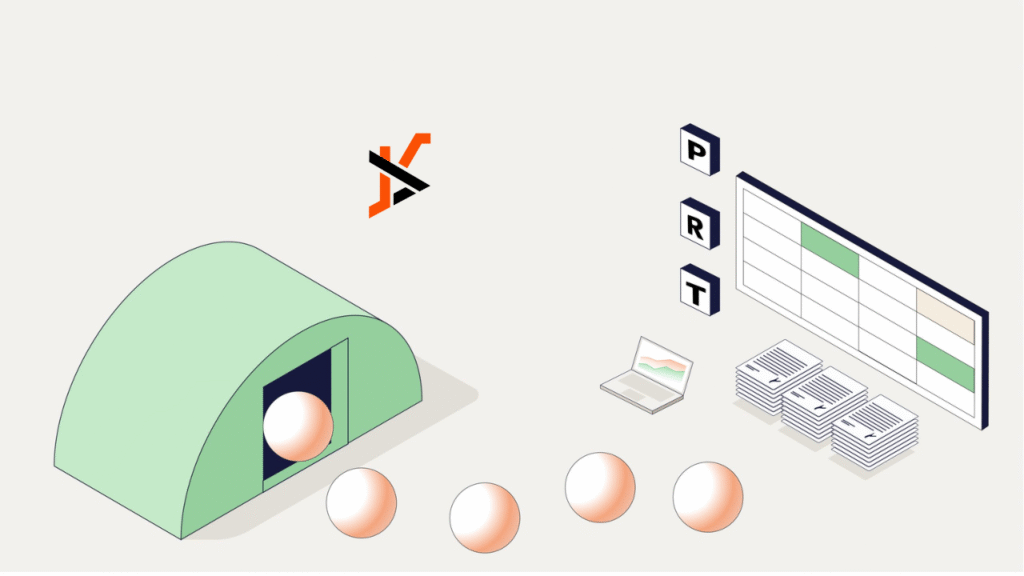Companies are increasingly using pension risk transfers (PRTs) to transfer their defined benefit pension liabilities to insurers, but doing so effectively requires adopting new technologies and breakthrough solutions. By seamlessly integrating new technology, the pension industry has seen several positive changes in a short space of time, with improvements in the efficiency, accuracy and speed of transfers.
For businesses, the right pension risk transfer solutions will be those that best harness technological change to make the process as smooth as possible. Let’s explore how that happens.
Enhanced data management
One key way in which technology is improving the speed of pension risk transfer is through enhanced data management. Traditionally, managing data has caused bottlenecks within PRT. That’s because accurate and comprehensive data is necessary for PRT transactions, but many schemes hold inconsistent or manual records.
Thankfully, automated data cleansing and validation are helping to reduce these bottlenecks. We’re also starting to see AI and predictive analytics helping to further clarify any inconsistencies and produce more streamlined data management.
Streamlined quoting and underwriting
Another time-consuming area of pension risk transfer is the quoting and underwriting process. To accelerate this work, dedicated platforms have been able to simplify the creation and distribution of standardised requests for proposals. This then permits multiple insurers to provide quicker responses and provide more accurate comparisons for pension risk transfer.
These platforms use advanced actuarial software and real-time data to generate more accurate and dynamic pricing. Additionally, new technologies are also being used to review scheme documents more quickly and identify key information to propel the initial assessment phase.
Improved communication
Any pension risk transfer involves multiple people throughout the process, including stakeholders, pension trustees, scheme sponsors, lawyers and many more. With such a high number of individuals involved, any issues in communication can easily halt the process.
To counteract this, communication needs to be clear and effective. Secure online portals are now being used to offer a centralised hub for document sharing and progress tracking, which reduces the reliance on emails. These portals can also allow for electronic signatures, which further accelerate the execution of legal documents and approvals. Ultimately, this results in a significantly reduced administrative delay, leading to a more seamless process.
Post-transaction efficiency
Of course, the process hasn’t ended after the transfer. There is also a long-term administration of benefits that must be considered. Insurers can use cloud-based systems to record clear, well-structured data alongside providing automated welcome packs, statements and other communications.
These additional systems allow insurers to effectively scale their operations, accommodating an increasing volume of PRT transactions without compromising service quality.

